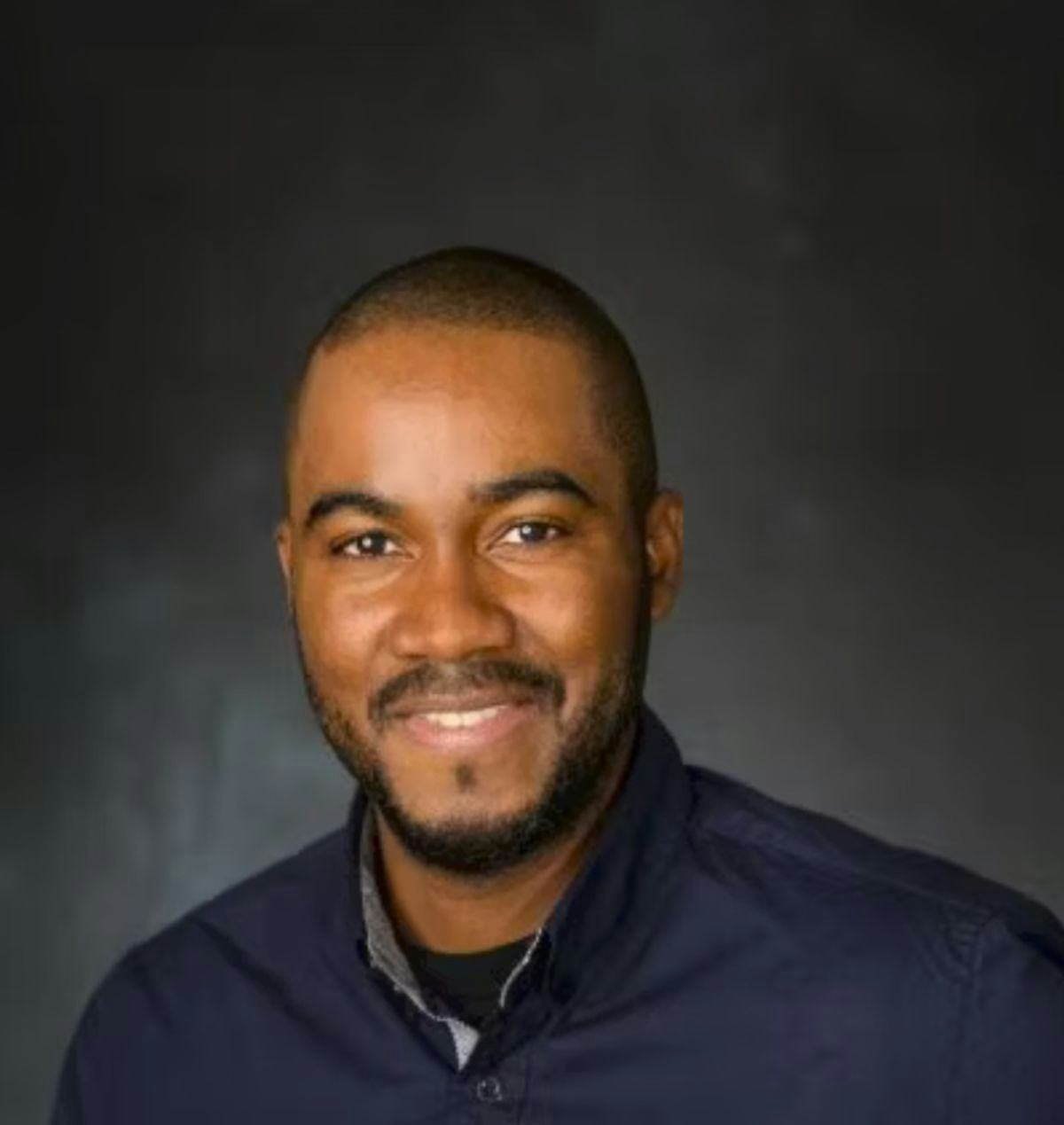Denver Baptiste: Advancing Growth at Stevens, Inspiring Students to be Philosophers
Whether it’s microscopic organisms that could change lives or big philosophical questions that could shape the future, the goal is always greater understanding
Growing up on the Caribbean island of St. Lucia, Denver Baptiste learned about crops such as bananas and mangoes — how they’re cultivated, and how, in the region’s frequent hurricanes, they’re destroyed.
“We constantly have to look for ways to grow these plants that can feed both humans and cattle,” said Baptiste, who joined the department of Chemistry and Chemical Biology (CCB) at Stevens Institute of Technology as a lecturer earlier this year.
“I saw a lot of work around cultivating plant tissues, and I thought it was interesting,” he said. “I wanted to know more about engineering crops so they can produce and grow in specific environments, especially in stressful conditions.”
Using Arabidopsis thaliana, a small flowering plant that serves as a model for investigating resistance to pathogens, Baptiste has examined how the organism responds to stressful conditions at the molecular level. Through that work, he has examined how regulating certain genes through microRNAs can help plants grow and reproduce in dry, salty or other unwelcoming environments — which, in turn, can help improve food production.
The plant techniques in cellular molecular biology led to working with another model organism, C. elegans, a roundworm that’s also used for studying diseases.
“The worm embryos grow what are called corpses — cells that develop and, instead of being quickly stopped by specific proteins designed to suppress them, continue to live and proliferate, forming a tumor-like growth on top of the developing embryo,” he explained, noting that this process is similar to how cells grow in breast cancer or colon cancer in humans. “We develop ways to allow these corpses to die on their own and to allow immune cells to engulf and destroy them.”
At Stevens, he is using that same cellular molecular biology approaches in C. elegans to investigate growth and development. He maintains and grows the worms, which support Paola DiMarzio, teaching associate professor in the CCB department, in environmental sciences classes, and Marcin Iwanicki, assistant professor in the CCB department, in his research on aging.
In addition, Baptiste and DiMarzio are collaborating on virtual reality and gene editing in introductory undergraduate biology teaching labs. Working with the Stevens XR (Extended Reality) Lab, they look at “clustered regularly interspaced short palindromic repeats” (CRISPR), which is a gene-editing technique that scientists adopted from studying the immune system of bacteria and how they defend themselves against foreign invaders such as viruses.
“We use CRISPR-Cas in virtual reality to look at how to fix mutations in the Beta-globin gene that causes Sickle cell anemia. It’s fascinating and practical, with exciting implications for diseases. We can treat multiple regions at the same time. We can edit gene regions or entire genes. That allows for therapy and treatment for hundreds of conditions. For example, since 2019, more than 79 volunteers with sickle cell anemia have had CRISPR therapy and experienced decreased pain levels, increased mobility, and improved better standard of living.”
In the laboratory, we also use CRISPR-Cas to edit the LacZ gene, the gene that affects the organism’s ability to break down lactose to glucose and galactose. Students are, as a result, able to appreciate cellular molecular biology using various models of technology.
Genetic research can raise ethical questions, and Baptiste embraces the opportunity to dive into those issues with students.
“Students want to be a part of this conversation because they understand that they are the ones who are going to make world policy and implement changes,” he said. “I read as much as possible so I can try to satisfy their curiosity. I'm interested in growing together and helping us all understand our own and each other’s ethical positions.”
Beyond teaching labs, Baptiste is also working on undergraduate and graduate wastewater management courses with Juliana Abraham, senior research scientist in the Center for Environmental Systems. With a focus on anammox — a bacteria that can remove ammonium from wastewater and that can also help reduce or eliminate the water’s toxicity — they are investigating the amounts and kinds of bacteria growing in wastewater, and exploring the potential evolutionary relationships among the bacteria.
Perhaps most of all, Baptiste is enjoying sharing this diversity of research interests with Stevens students.
“These are great tools to present to my students while teaching. I work in cellular molecular biology, but one of my favorite pastimes is bioinformatics, using programming languages to interpret biological data,” he said. “I love being able to merge these areas and work with a student population that has the same level of interdisciplinary curiosity. I see hundreds of students every week, and I like interacting with them and hearing their perspectives. Having them challenge what I say in class gives us all a better comprehension. I always tell them I want them to leave my classes not as sponges taking in information, but as philosophers who understand.”
In addition, he and Brunella Taddeo, lecturer in the CCB department, are teaming up on a new “Genetics and Medicine” pre-college program.


